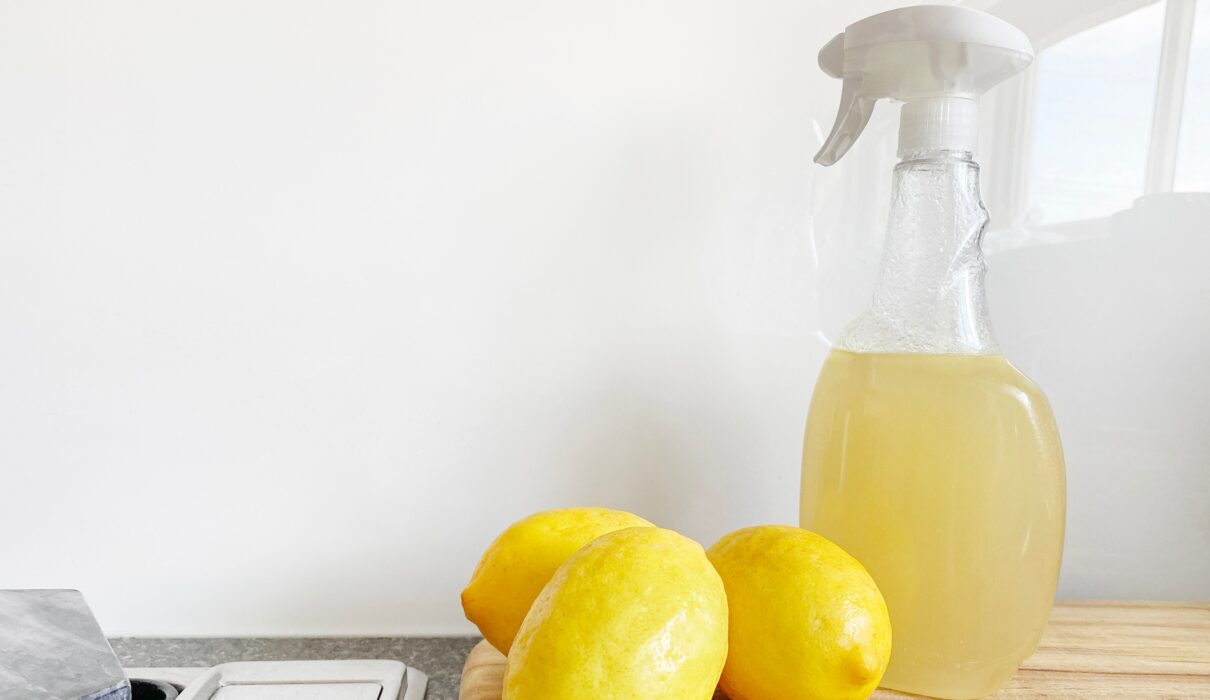In an era where sustainability and eco-consciousness are paramount, the demand for earth-friendly cleaning products is on the rise. One of the key players in this movement is the realm of plant-powered cleaning products. Harnessing the potency of botanical extracts, these innovative solutions provide effective and environmentally conscious alternatives to traditional cleaning agents. In this article, we delve into the science behind botanical cleaning products, exploring the power of plant extracts and their transformative effects on our cleaning routines.
The Rise of Earth-Friendly Cleaning Products
During the forecast period of 2023-2027, the worldwide multi-purpose, earth-friendly cleaning products market is predicted to develop at a stable compound annual growth rate. The spike in attempts to keep surfaces in residential and commercial spaces clean and infection-free, globalisation, and growing awareness about utilising sustainable goods are the primary drivers driving the market’s growth. Eco-friendly multi-purpose cleaning chemicals are used to clean a variety of surfaces, including windows, carpets, floors, and doors, and they help protect people from germs and diseases.
The Science of Plant-Powered Cleaning Products
Effective plant-powered cleaning products should contain a plant-based active ingredient, and be free from unnecessary chemicals, such as bleach, dye, or phosphates. Many of these cleaning products contain the plant-derived active ingredient lactic acid, produced using glucose syrup derived from food crops such as maize. It is fermented, and the pH levels are adjusted, filtrated, and distilled to deliver a plant-based cleaner that kills bacteria and viruses.
Understanding True Botanical Cleaning Agents
- Botanical disinfectants are 99.99%+ effective and do not pose the same antibiotic resistance risk as chemical-based cleansers:
While generally 99.99% effective, some common synthetic chemical-based disinfectants are not environmentally sustainable and can lead to antimicrobial resistance because bacteria adapt to the chemicals when they encounter the same formulations repeatedly.
- Not all botanical disinfectants are made equal, some are still based on chemicals:
To understand the difference between botanical and bio-based disinfectants, we first need to look at the difference between old organic carbon and new organic carbon. Old organic carbon comes from the remains of organisms, such as plants or animals, that have decomposed over millions of years and have been exposed to the forces of heat and pressure. Petroleum and coal are examples of old organic carbon that we take from the earth and use as fossil fuels. These resources are not renewable. On the other hand, new organic carbon comes from live plants and trees that are harvested for use. New organic carbon is considered renewable in that it can be used repeatedly and does not run out because it is naturally replaced.
- Botanical disinfectants should be entirely bio-based to be truly botanical cleaning products:
Authentically botanical denotes that the product is made entirely of bio-based ingredients. As an example, Thymol, a constituent component of essential oils obtained from thyme, oregano, or ajwain – all very renewable resources – is one of the most prevalent active components in this type of cleanser. Thymol has natural antibacterial characteristics and has been used as incense for generations to clear the air, as a natural insecticide, and to treat skin problems.
Elevate Your Cleaning Routine
As the demand for earth-friendly cleaning products continues to grow, understanding the science behind organic cleaning becomes increasingly important. By harnessing the power of plant extracts, botanical cleaning products offer effective alternatives to traditional chemical-laden cleaners. Embrace the benefits of plant-powered cleaning products by contacting your local supplier, elevate your cleaning routine, and contribute to a healthier, greener world.


